Isn’t it funny how people generally shy away from discussing toiletry habits?
The portable camping toilet is perhaps even more of a taboo subject given we need to empty them ourselves. So do you know how to empty a portable camping toilet?
Maybe how to guides are appropriate. Observing people’s behaviours as they go about this chore is most enjoyable!
Enjoy our light hearted, practical guide on how to empty a portable camping toilet.
You won’t read this in your manual!
How to Empty a Portable Camping Toilet
The contents of portable cassette toilets, a human waste and chemical cocktail, need to be disposed of sensibly. Find a local RV dumping station. More often than not, campsites have a disposal point.
Step 1 – Locate the Chemical Disposal Point
First thing’s first. Know where you are going and plan your route in advance! Attention to detail is key. The chemical disposal point is usually located a long way from your pitch.
After all, who wants to be parked next to this facility? As it is usually well hidden and not well signposted, plan ahead.
Consider the best time of day to travel, the most efficient route and always have a plan B in the event that your preferred route is blocked by other well prepared campers.
Step 2 – Remove Cassette
The cassette is the storage unit for your black waste.
That’s your bodily waste in case you don’t know. Many cassettes are accessed from outside the vehicle, others from inside.
Either way, locate your cassette in the privacy of your own motor home (or its grounds) and follow the manufacturer’s instructions on how to remove it, donning bio-hazard protective clothing if so desired.
Step 3 – Transport your Poo to the Loo
Now a full cassette can weigh 17 kg! Suffice to say, that’s some heavy sh*t. If you’re lucky, you may have attached wheels. Otherwise, you will need to carry it.
In step 1, you probably decided that dawn or dusk was the best time of day for this chore.
Under the cover of relative darkness, discretely wheel your tank to the disposal point. In the event that it’s daylight, focus wholly on maintaining steady progress along your preferred route with no mishaps on the way.
Do not avert your eyes from the ground. For those that fail to adopt this approach, be prepared for eye contact with fellow campers that may lead to you scurrying away and ignoring them.
Alternatively, hold a full and lengthy conversation with them, trying your best to ignore the fact that you’re carting around 17 kg of sh*te.
Step 4 – Arrival at Chemical Disposal Point
Having successfully executed your planned route, confirm the facility is not occupied.
If you ignore this advice, you may find yourself passing pleasantries with a stranger who is also emptying their potty. In that event, you’re on your own.
I have no advice on how to open a conversation with someone when you both know that you are disposing of your excretions.
Step 5 – Empty Cassette & Clean
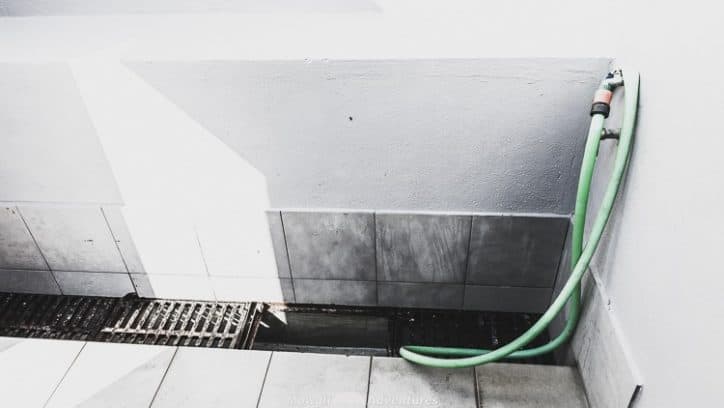
Here’s the unpleasant part. With mouth firmly closed and teeth gritted, remove the pouring cap. Release the air vent and carefully pour the contents into the disposal point.
Without due care, it’s easy to get splash back or slip and pour the contents over your flip flops. Opening the air vent reduces the gushing and in theory reduces splashing.
This is a good reason to be alone. It is bad enough to be splashed by your own, never mind someone else’s deposits.
Most disposal points provide a hose or a tap and bucket to flush out the tank.
Top up the tank with water, make sure you close it all up and give it a good shake to ensure all ingredients are dislodged. Empty as above; mouth closed, teeth gritted.
Step 6 – Return to On-board Facility
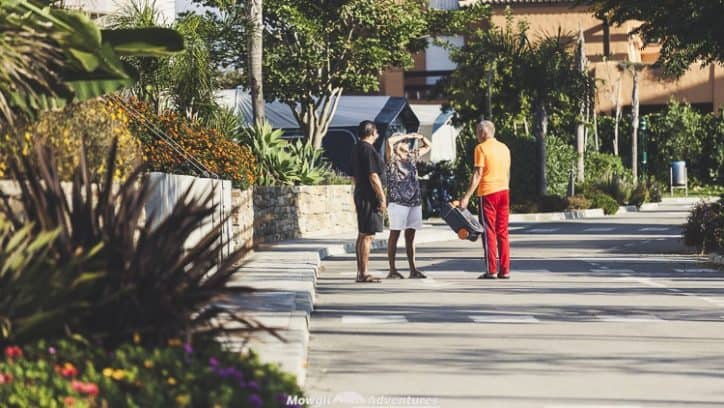
Almost done and you’re entitled at this point to let out a small sigh of relief before adding a small amount of water into the tank ready for a chemical dose.
Now you return to your camper home via a route of your choosing. This route is not as important as your initial journey, as your cassette is considerably lighter and contains no waste.
It appears that to some, it is perfectly acceptable to pass the time of day with fellow campers on this return journey, as though nothing ever happened. This is down to personal preference.
Step 7 – Restock Chemicals & Return Cassette
Upon arrival at your camper home, add the required dose of expensive blue chemicals into the holding cassette.
This acts to generate aerobic bacteria in your tank and neutralises the nasty germs in your bodily discharges.
Reassemble the cassette, returning it to its original position in the toilet and top up the flushing tank with fresh water and a dose of pink perfumed chemicals. Job done.
Job Done
Remove any protective wear and disposed of it accordingly.
Whilst scrubbing your hands thoroughly, it’s now that you loudly declare to your co-habitants that the next one to use this toilet, gets to empty it. Know in reality however, it will always be your job to clear up their jobbies.
Types of portable camping toilets
As a quick overview, here’s a summary of the types of portable camper toilets you can get. We’ve also written a detailed guide to campervan toilet options with the pros, cons and some buying guides too.
A basic approach
The most basic type of camping toilet I guess is a bucket. If you don’t have a camper van with an onboard bathroom, you may not have a choice – at least for use in an emergency.
Angela’s a bit of a bathroom snob I’m afraid. She’s repulsed by bathroom habits, especially when they’re not her own. Give her a shovel over an onboard bucket any day!
Chemical toilet
So this article describes how to empty a chemical cassette toilet. The enclosed lower tank of the loo captures the waste and most, if not all, smells are eradicated with the added chemicals.
We had a chemical toilet in Mowgli. It’s a horrible job and Angela never, ever emptied it.
The toilets are relatively cheap, chemicals are widely available in Europe and the US and many motorhomes and caravans have one.
Composting Loo
We invested in a campervan composting toilet when we built our latest campervan. No chemicals so environmentally friendly, and we can dispose of the contents so easily!
A very costly set up but far cheaper running costs and a more pleasant experience. Even Angela says so!
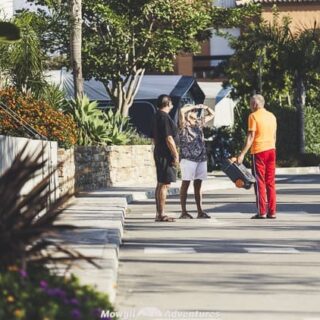
How to empty a portable toilet
Enjoy our light hearted, practical guide on how to empty a portable camping toilet. You won’t read this in your manual!
Materials
- Bio-hazard protective clothing
- Gloves
- Apron if you're a messy pourer
- Face mask to help prevent gagging
- Toilet chemicals
Tools
- Gloves
- Hazmat Suit (if you feel the need)
Instructions
- Locate the chemical disposal point
- Remove cassette
- Transport your poo to the loo
- Arrival at chemical disposal point
- Empty cassette & clean
- Return to on-board facility
- Restock chemicals & return cassette
- Job done
Angela Devaney

Angela Devaney, a former IT project management professional, embarked on an adventurous journey of full-time travel, which included touring West Africa in a converted overland truck and converting an ex-military 4×4 Sprinter van into a camper for a five-year South American expedition. She now utilizes her hands-on experience to create practical RV living and van life advice as a full-time digital media producer, reaching over a million users annually through her YouTube channel, blog, and newsletter. Angela also lends her expertise as the editor-in-chief of the Campervan Electrics Handbook.

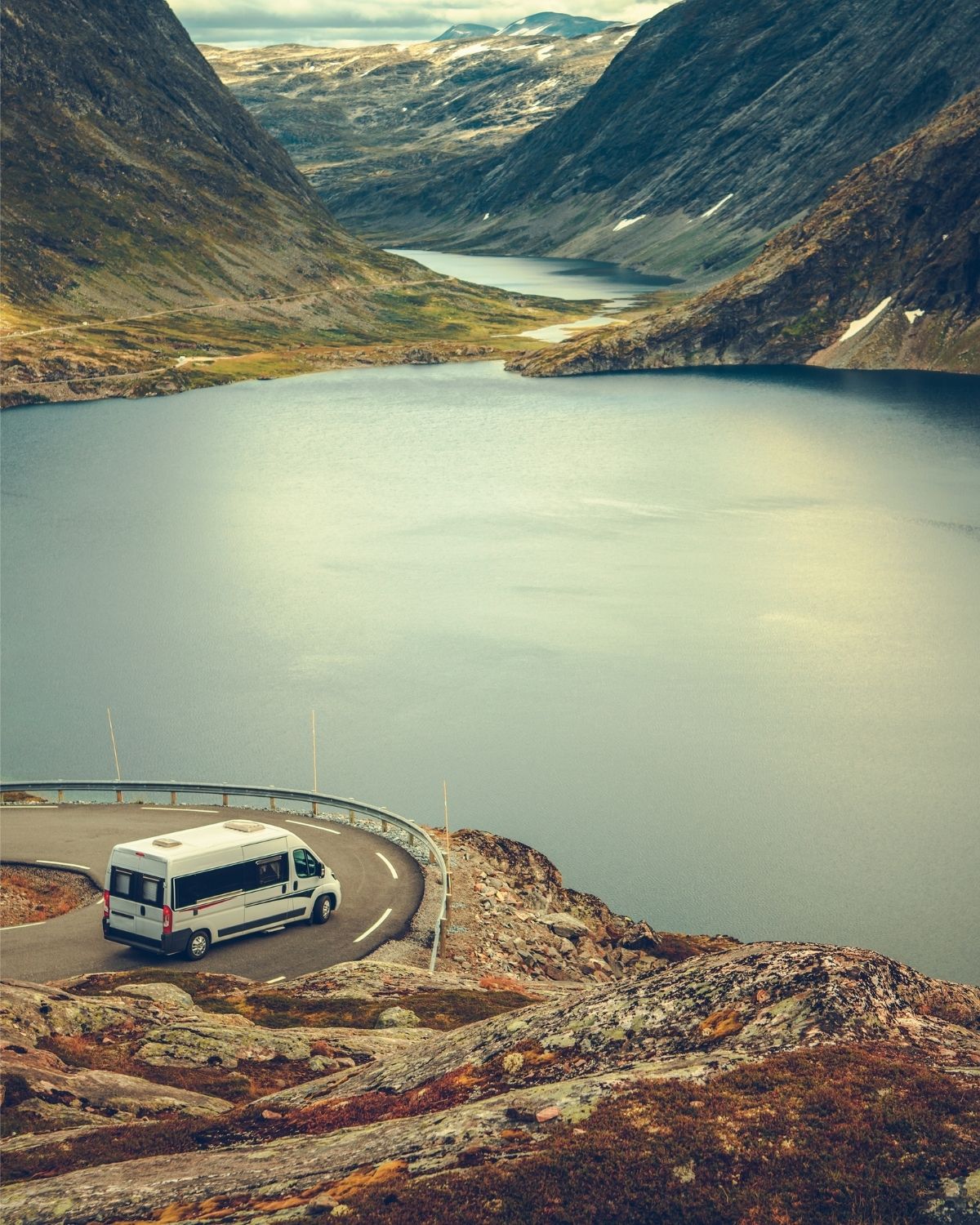
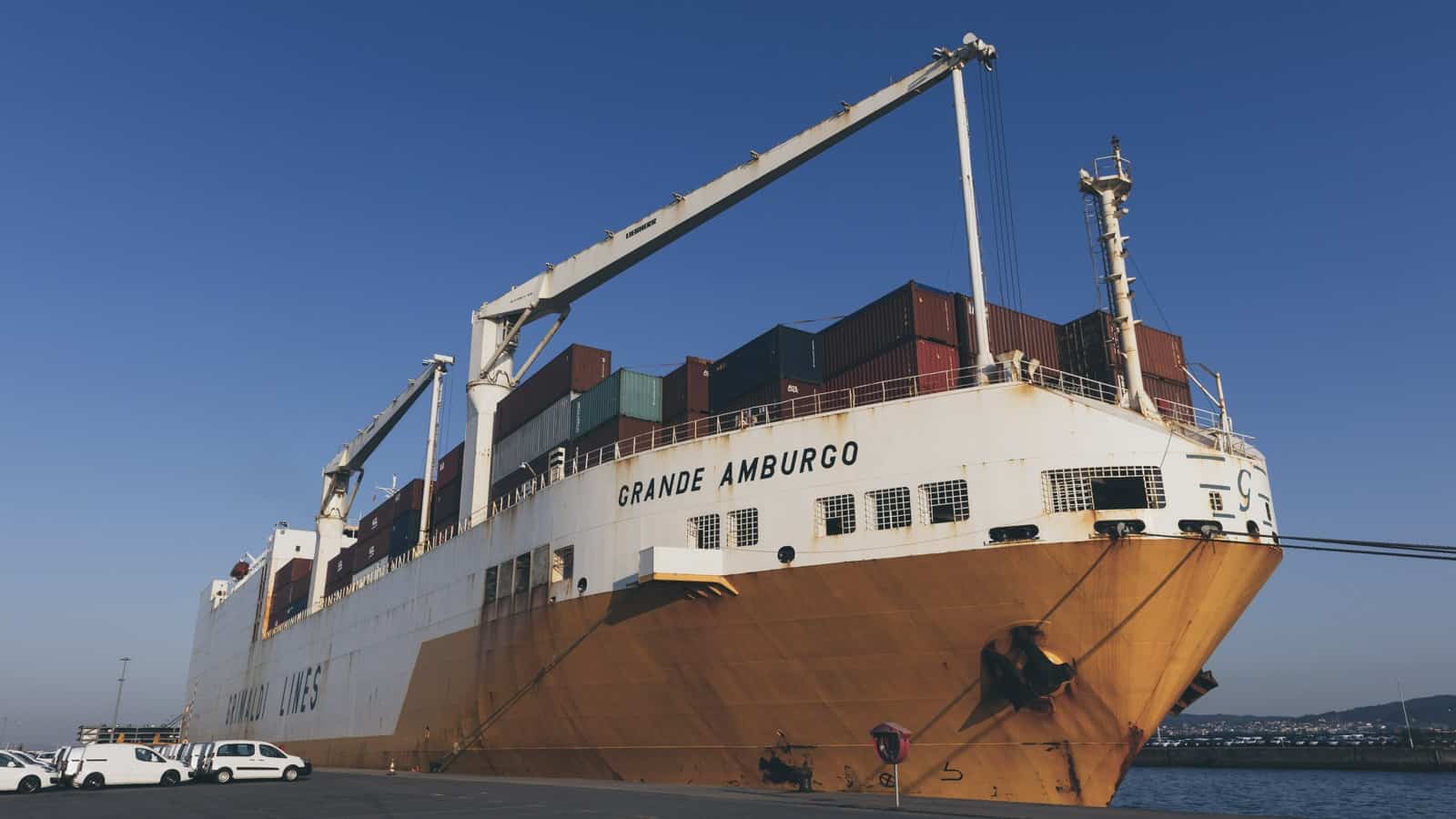

Very nice and graphical way of describing the whole process of emptying your portable toilet :)
I am happy I never had to go through this entire process. We use a bucket type toilet with a garbage cover and we just fold and throw it after each use. We use a liquid soaking medium like pieces of newspapers so that the content isn’t liquid all the way.
Thanks for sharing this, made me laugh.
If you are hoping to prepare your readers with coping with life on the road, then completely ignoring what happens in France is verging on criminal negligence.
There the established practice is to empty the cassette as normal and then proceed to the taps used to fill motorhomes with potable water. Hopefully this tap will be fitted with a hose and the correct way to use it is to turn it on, shove the hose right into the spout as far as possible and plunge it in and out rapidly so as to scrape as much “stuff” off the inside as possible. Then smile and hand the hose to the person (me in one case) waiting to fill his motorhome FRESH DRINKING WATER tank.
The other thing you need to stop promoting is that blue chemical. Not at all PC nowadays which might /should be a major consideration, but the real reason is it takes away all the fun of emptying the cassette in the public toilet. Best is a three-day brimming cassette in hot weather. Wait until every stall is occupied except the one in the middle. Fill your nostrils with Vicks, march in and empty the cassette from about 3 feet above the bowl, PREFERABLY with loud accompanying noises. Then march out again. Well, actually running is smarter, because once they all get themselves cleaned up, you will be a dead man walking.